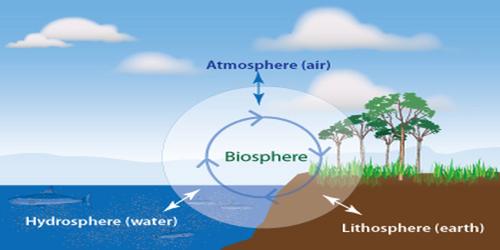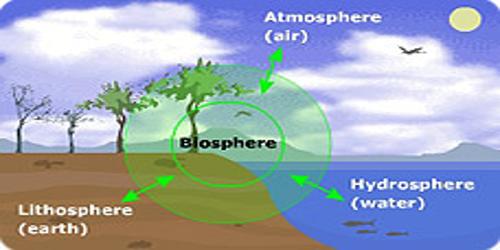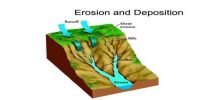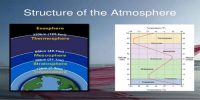Evolution of Atmosphere and Hydrosphere
The present composition of the earth’s atmosphere is mainly contributed by nitrogen and oxygen. There are three stages in the development of the current atmosphere. The hydrosphere is composed of all of the water on or near the planet’s surface. This includes oceans, rivers, and lakes, as well as alternative aquifers and the moisture in the atmosphere.
The first stage is marked by the loss of the primitive atmosphere. In the second stage, the hot interior of the earth contributed to the evolution of the atmosphere. Finally, the composition of the atmosphere was customized by the living world through the procedure of photosynthesis. At an early stage, Earth thus did not have water or water vapor at its surface, and the topic of how water arrived on Earth’s surface is a matter of substantial debate.
The early atmosphere, with hydrogen and helium, is supposed to have been stripped off as a consequence of the solar winds. This occurred not only in the case of the earth but also in all the terrestrial planets, which were supposed to have lost their primordial atmosphere through the impact of solar winds. The gases released from the Earth during its early history, including water vapor, have been called excess volatiles because their masses cannot be accounted for simply by rock weathering. This volatiles is thought to have formed the early atmosphere of the Earth. When Earth shaped 4600 million years ago, most of its original environment contained extremely reducing gases, dominantly hydrogen and helium together with carbon monoxide, methane, nitrogen, ammonia, and hydrogen sulphide.

During the cooling of the earth, gases and water vapor were released from the interior solid earth. This started the evolution of the present atmosphere. Higher temperatures imply higher concentrations of atmospheric water vapor, while lower temperatures suggest lower atmospheric levels. The early atmosphere mostly contained water vapor, nitrogen, carbon dioxide, methane, ammonia and very small of free oxygen. The procedure through which the gases were outpoured from the interior is called degassing. Although oxygen existed in compounds such as H2O and CO2, the initial atmosphere contained no free oxygen at this time. Continuous volcanic eruptions contributed water vapor and gases to the atmosphere. As the earth cooled, the water vapor released happening getting condensed. The carbon dioxide in the atmosphere got dissolved in rainwater and the temperature further decreased causing more compression and more rains. The rainwater falling onto the surface got collected in the depressions to give rise to oceans. The earth’s oceans were formed within 500 million years from the structure of the earth. Earth’s hydrosphere is made up of all the water on Earth’s surface, from oceans and seas to lakes and rivers.
This notifies us that the oceans are as old as 4.000 million years. Sometime around 3.800 million years ago, life began to evolve. However, around 2.500-3,000 million years before the present, the procedure of photosynthesis got evolved. Life was confined to the oceans for a lengthy time. Oceans began to have the part of oxygen through the procedure of photosynthesis. Eventually, oceans were drenched with oxygen and 2.000 million years ago, oxygen began to flood the atmosphere.















